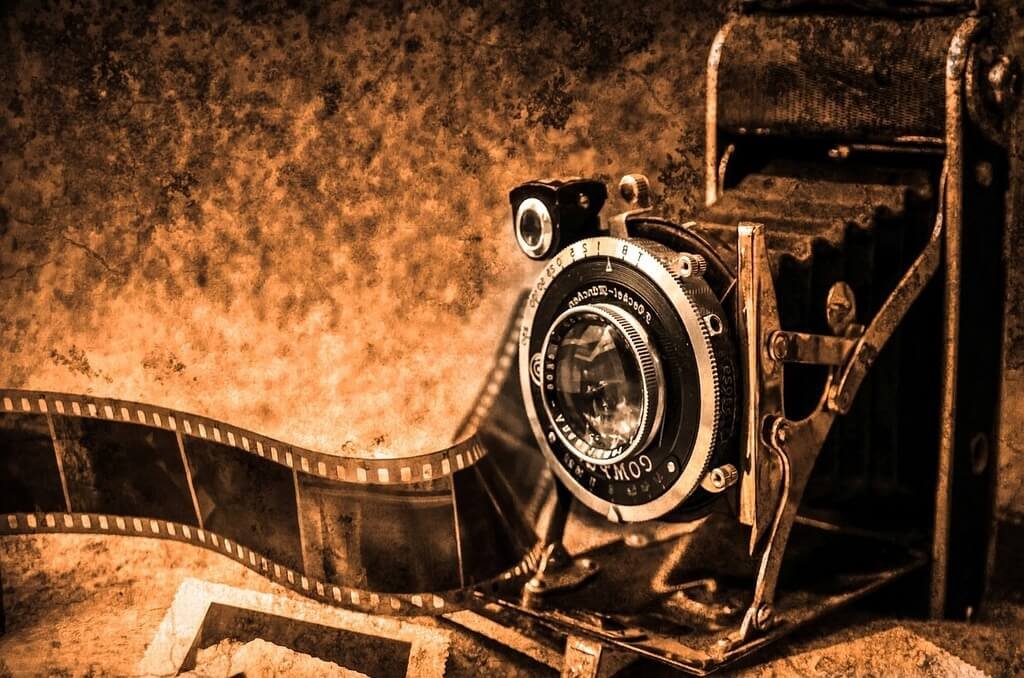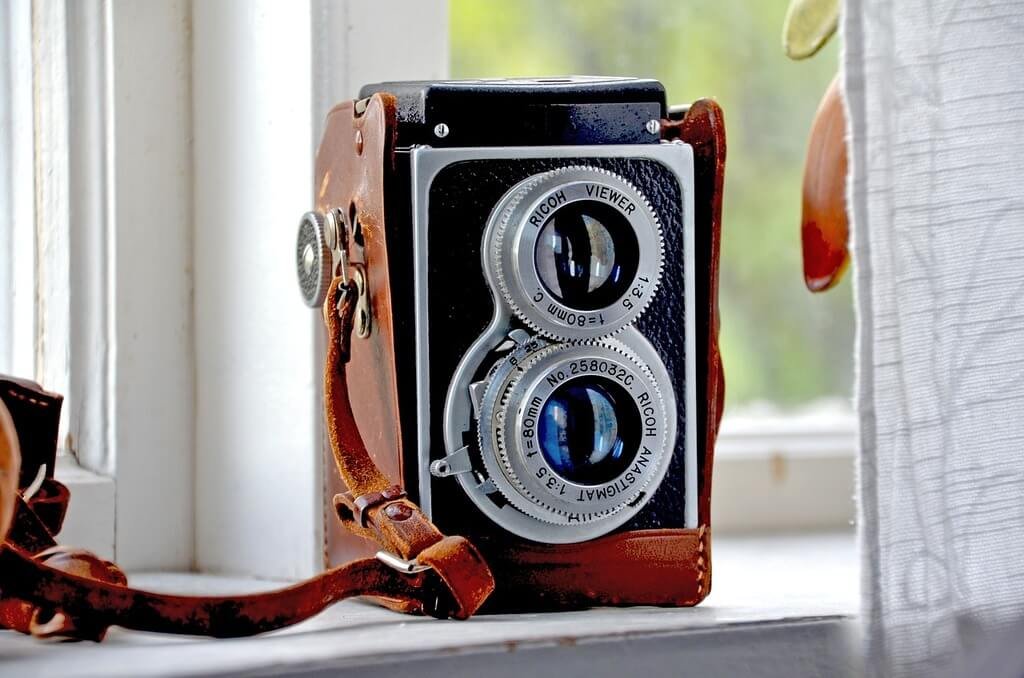In the captivating journey through the evolution of photography, the invention of the first camera marks a pivotal moment that laid the foundation for an art form that would change the way we perceive the world. Delving into history, we embark on a fascinating exploration to uncover when the first camera was invented and the story behind the camera inventor.

The Genesis Of Photography: Camera Obscura And Early Discoveries
Our journey began in ancient times with the concept of the camera obscura, a rudimentary optical device that projected an image onto a surface. The camera obscura was known to ancient scholars such as Aristotle, who observed the phenomenon but did not realize its potential for capturing permanent images.
It wasn’t until the Renaissance that the camera obscura became a tool for artistic expression. Artists like Leonardo da Vinci used it as a drawing aid, projecting scenes onto a canvas for detailed replication. However, it was yet to be a true camera in the sense we understand today.
The Pioneer: Joseph Nicéphore Niépce And The First Photograph
The true breakthrough in the invention of the camera came in the 19th century, courtesy of Joseph Nicéphore Niépce, a French inventor and pioneer in early photography. In 1826, Niépce achieved a historic milestone by capturing the world’s first permanent photograph, titled “View from the Window at Le Gras.”
Niépce’s groundbreaking creation involved using a camera obscura and a photosensitive material known as bitumen of Judea. Through a meticulous process of exposure to light, he achieved a fixed image on a pewter plate, marking the birth of photography. Niépce’s dedication to his craft set the stage for further advancements in photographic technology.
Daguerreotype: Louis Daguerre And The Dawn Of Commercial Photography
While Niépce pioneered the concept of photography, it was his collaborator, Louis Daguerre, who refined and commercialized the process. In 1839, Daguerre introduced the daguerreotype, a revolutionary photographic method that produced detailed and sharp images on silver-plated copper sheets.
The daguerreotype became immensely popular, and studios offering portrait sessions flourished. The allure of capturing a moment in time through the lens of a camera became a cultural phenomenon, and people flocked to have their images immortalized in this novel manner.
The Evolution Continues: From Wet Plate To Dry Plate Photography
As the 19th century progressed, so did the technology behind cameras and photography. The wet plate collodion process, introduced by Frederick Scott Archer in the 1850s, further enhanced the quality and accessibility of photography. This technique involved coating glass plates with a mixture of collodion, making the process more practical for everyday use.
The transition from wet to dry plate photography in the late 19th century marked another milestone. Dry plates were more convenient, eliminating the need for immediate development and allowing photographers greater flexibility in their work. This era laid the groundwork for the eventual shift to roll film and the birth of handheld cameras.
Eastman’s Innovation: The Kodak Camera And Roll Film
The turn of the 20th century brought about a significant leap in camera technology with the introduction of roll film. George Eastman, the founder of Eastman Kodak Company, played a pivotal role in this development. In 1888, Eastman launched the Kodak camera, a portable device that came pre-loaded with a roll of film capable of capturing 100 photographs.

The marketing strategy for the Kodak camera was revolutionary — “You press the button, we do the rest.” This slogan emphasized the simplicity and accessibility of photography, making it available to a broader audience. Eastman’s innovations democratized photography, transforming it from a specialized craft to a popular hobby.
Honoring The Visionaries And Looking Ahead
The invention of the first camera is a tale of ingenuity, perseverance, and visionary thinking. From the camera obscura to the Kodak camera, each stage in the evolution of photography has been marked by brilliant minds pushing the boundaries of what was thought possible.
Joseph Nicéphore Niépce, often referred to as the camera inventor, laid the groundwork for the art of photography with his pioneering work. Through subsequent innovations by Louis Daguerre, George Eastman, and countless others, the camera transformed from a complex apparatus to a user-friendly device that anyone could operate.
As we reflect on the fascinating history of the camera, we pay homage to these visionaries who paved the way for the vibrant world of photography we enjoy today. Their contributions remind us that every snapshot taken is a testament to the enduring legacy of those who dared to capture the world through the lens of the first camera.
Also Read: What Year Was The First Computer Invented, And By Whom?
